Suchá Hora was the first Slovakian village I passed through. Heading southwest across the Tatra mountains towards Bratislava I found myself on a new road travelling through the very scenic Orava valley.
Passing through a narrow part of the valley the castle at Oravský Podzámok came into view. It stands on a natural rock tower. Originally a wooden fort, the present castle was built in the thirteenth century when the area was part of the Kingdom of Hungary. Archaeological evidence indicates that the village is over 2000 years old.
After leaving Oravský Podzámok I called at the supermarket in nearby Kňažia and consequently made a couple of useful discoveries. “Zakysané mlieko” is what we know as drinking yoghurt which is good on breakfast cereal, not so good in tea. Visiting a different shop I later discovered that “mlieko plnotučné” is whole milk and is excellent in tea.
Although Kňažia is a very old village the housing has been rebuilt and now includes Soviet era apartment blocks. It appears to be a residential area for the workers in the industrial area of Mokrad across the river. It’s not until reaching Hlohovec, some 115 miles further on, that the Tatra hills are finally left behind.
On my way to Bratislava I spent a couple of nights just outside Veľký Biel near the Attila Restaurant. It’s a quiet spot beside a lake.
Bratislava is the capital of Slovakia and is situated on the Danube river near the border with Austria and close to the Hungarian and Czech borders.
I was hoping to visit the castle but couldn’t find anywhere to park my motorhome so went to explore the old town. The city is gradually modernising and there are many recent buildings as well as the ubiquitous Soviet era concrete blocks. There is good public transport with trams and buses.
The area was permanently settled during the Neolithic period and the Romans introduced grape growing for wine production, still a significant industry.
https://en.wikipedia.org/wiki/Bratislava
Heading eastwards, I paid a brief visit to Trnava. The town developed as a major trading town due to being at the crossing of two major roads, one east-west from Asia though Bohemia to Hungary and western Europe and north-south from the Mediterranean to Poland and Scandinavia.
https://en.wikipedia.org/wiki/Trnava
Passing through Tlmače-Lipník I was in need of drinking water and found directions to a public supply. Although of modern design and with a shelter built over it was the traditional type of village pump. The intriguing aspect was that it stood adjacent to a road on a fairly modern housing estate. The fact that a cover has been built over it and the general condition indicated that it is still in constant use. Sorry, I didn’t take any photos.
Babina is a pleasant little village south of Zvolen. The main road now bypasses it and so it’s very easy to miss. The first mention of the village was in 1254. In 1270 German colonists settled here. It belonged to Dobrá Niva. in the 16th century it had to pay tributes to Turks. In the 17th century, it belonged to the Esterházy family.
Zvolen is another long established town which has become a major transport hub since the building of the two railways which meet here. It has long been an industrial town
with well developed wood-processing, mechanical engineering, food-processing and building companies. There is a technical university and is a centre for scientific study. There is a good mixture of old and new buildings with the Soviet accommodation blocks being modernised.
Zvolen Castle was originally built in the fourteenth century to replace an earlier fortification on a different site that suffered from poor access. It has been added to a number of times and how houses part of the Slovak National Gallery collection and a museum of Slovak history.
Just after passing through Viglas I glimpsed an advertisement. What caught my eye was that they had a “BREXIT Bus”.
Košice is in the east of Slovakia. It remains an important city and is the second largest in Slovakia. The first mention of Košice was in the 13th century. The most important monument is St. Elizabeth’s cathedral, preponderating the city. It’s the easternmost Gothic cathedral in Europe, works on it began in 1378. The building is stunning both inside and outside and the view from the tower is breathtaking and definitely worth taking 160 stairs up! St. Elizabeth’s cathedral, together with next door Urban’s Tower and Michal’s Chapel, were proclaimed a national cultural heritage. The whole Gothic complex is located in the heart of Hlavna ulica – Main street. This is the biggest historical area in Slovakia and walking up and down the pedestrian street, admiring beautiful bourgeois houses, or spending time in one of the numerous cafes and restaurants around is the highlight of every visit in Kosice. The majority of the attractions you want to see are around the Main street: next to the Gothic complex there’s the State Theatre with unique singing fountains just in front (such a cool thing!), grand palaces are built along the street, the narrow, charming lanes are hidden behind the arches on both sides and the East Slovak Museum (with the Gold Treasure hiding almost 3000 gold coins among few other things) can be found at the end of Hlavna.
Košice Children’s Railway is a 1 metre gauge line of 3.9 kilometres originally built in the 1950s so that children and adults might learn the intricacies of railway management, operation and engineering. It is now an all volunteer organisation with financial support from the local authority. It has two steam locos, two diesels and a number of carriages and other rolling stock.
After leaving Košice I continued eastwards and crossed an outcrop of the Carpathian mountains, descended to flat farmland before turning southwards towards Cerhov and onwards to the border with Hungary crossing into the town of Sátoraljaújhely where I spent the night.
The following morning I headed southwest through the wine growing area of Tokaj to the border with Romania. To my surprise, the Romanian’s man the border post. Fortunately the chap who came to speak with me spoke good English and after checking my passport allowed me to proceed.
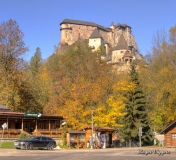
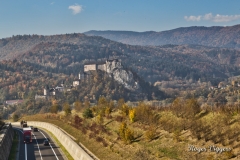


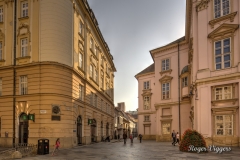

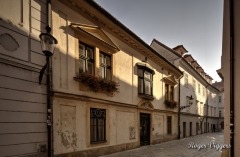
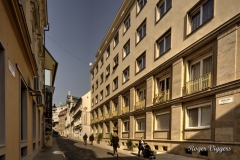





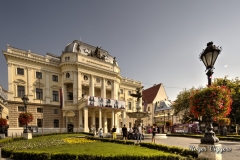




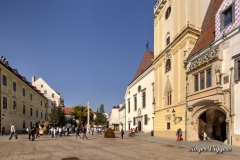





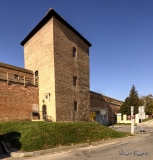

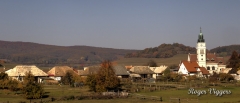

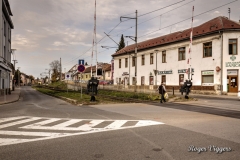




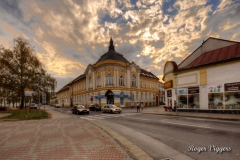


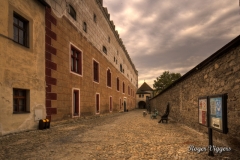






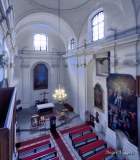
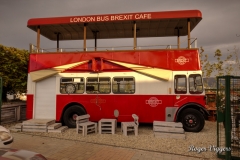
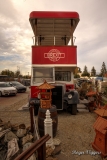

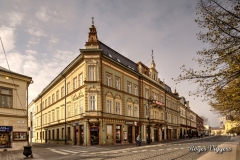
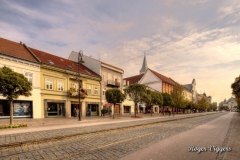
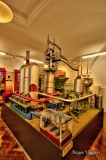

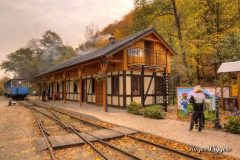








Thank you Roger. Handy Info on the best additive to Tea.